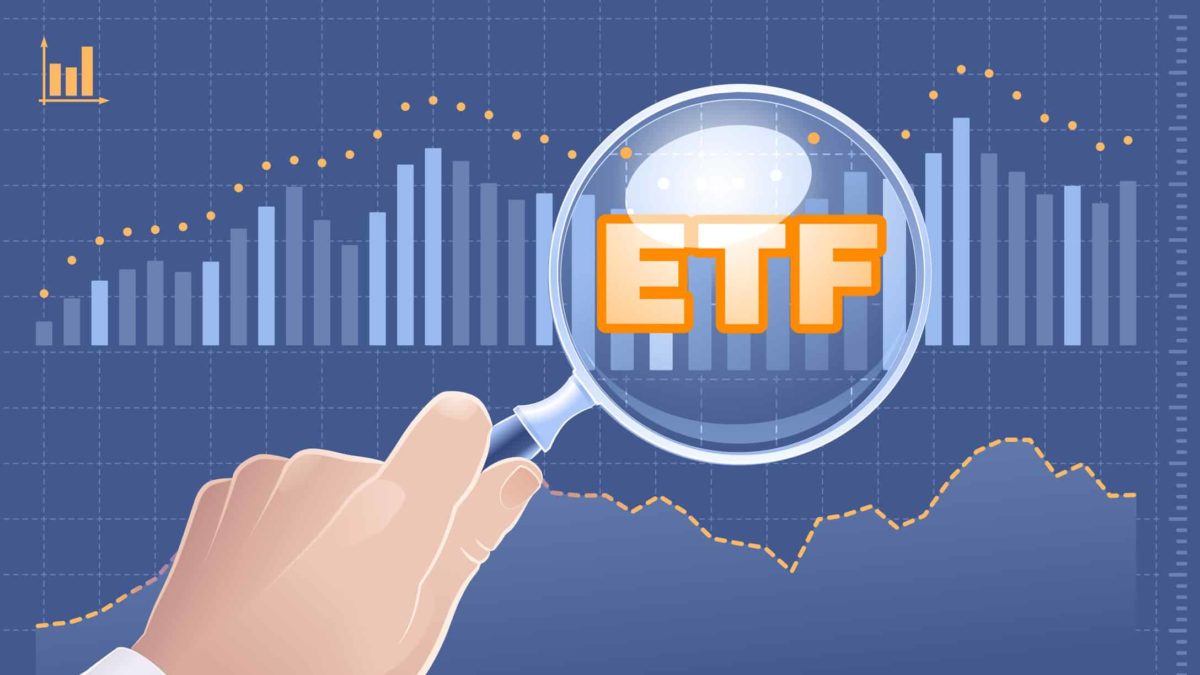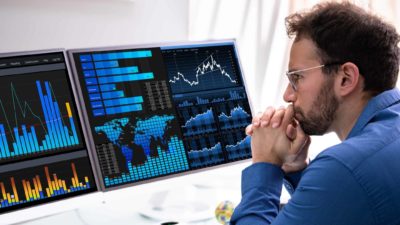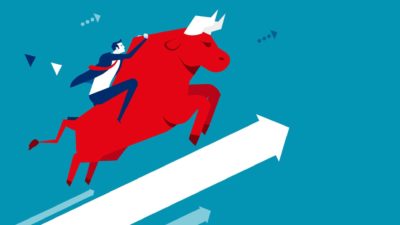Capital flows in and out of ASX exchange-traded funds (ETFs) have remained buoyant this year. The iShares MSCI Australia ETF (LON: IAUS) has realised $230 million in net inflows so far in April, in line with last month's result.
One such ETF is the Betashares Geared Australian Equity Fund (ASX: GEAR) which gives investors a cost-effective way to access geared exposure to the returns of the ASX. What that means is it uses leverage — or borrowed funds — to magnify the returns.
Leverage is a strategy that uses borrowed funds from a broker in order to magnify investment returns. The ETF currently has a 2.06 times leverage, meaning it seeks a return of 2.06 times its benchmark index on a daily basis. According to Bloomberg data, this is the S&P/ASX 200 Index (ASX: XJO).
Before we go any further, we need to recognise that the equation works both ways. Whilst leverage magnifies returns, it also magnifies losses in the same multitude. Often the saying with leverage is that it can provide 'an elevator to the ceiling — and the basement'.
So, is this ASX ETF worth buying?
Depending on who you ask — as well as your personal financial situation — it certainly could be. For Ben Nash of Pivot Wealth, it's a no-brainer for every investor to include this ETF in their ASX portfolio.
"I love index investing generally and I think that this one is certainly not for the faint of heart, but by introducing borrowing to amplify returns you pick up all of the companies as they increase in size," he recently said to Livewire.
"Like with any index investment, the costs are reasonable and the performance is quite strong, with the focus on dividend yield. I think it's a good one for growth investors."
Nash would be right, too, in his comment on amplifying returns, as shown on the chart below. The GEAR ETF has outpaced the benchmark over the past 12 months to date.

However, it's a question of risk tolerance and just how much volatility you're willing to accept in your portfolio.
Can you handle the volatility?
There's actually a quick way in which we can examine how 'worth it' the GEAR ETF has been compared to the ASX 200.
To do that, we need to check in on each product's 'risk-adjusted' return, in other words – just how much return did we get for the amount of volatility we had to endure?
Let's pretend we invested in both 'indices' on 1 April 2021. On face value, we've recognised a 23.8% gain in GEAR, and a circa 8% gain in the ASX 200. Thanks, leverage.
However, as we can see on the chart above, GEAR was far more volatile over that time. Checking its risk-adjusted return via a measure called the Sharpe Ratio we see it scores 1.11, whereas the ASX 200 has a score of 1.17.
GEAR also has historical downside risk – the amount of 'down' moves in its share price – of 16.25% versus just 7.10% for the ASX 200 benchmark.
However, payoffs matter – we don't want to lose money, right? So, the benchmark has had 55.77% of the time in the green, and 44.23% in the red.
The GEAR ETF, on the other hand, has had more up periods at 57.69%, with just 42.3% of time spent in the red — more than two percentage points less than the ASX 200 benchmark.
Recent research from Man Group PLC (LON: EMG), the world's oldest hedge fund, noted the following:
There is a clear positive correlation between return and payoff: in other words, it matters less that a portfolio manager is right or wrong, rather that they know when they are right and wrong, and in both cases act with conviction by running winners and cutting losers.
With GEAR in the green almost 58% of the time this past year, that's something worth thinking about.









